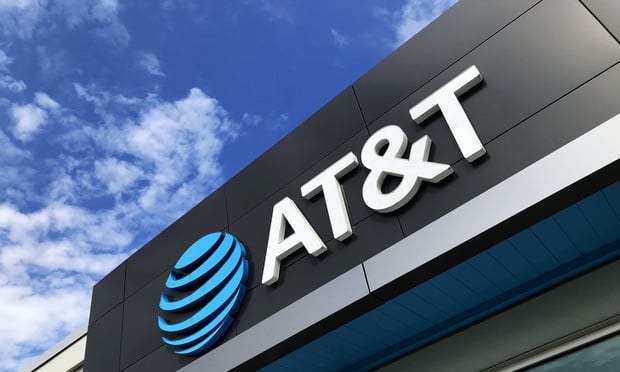The pension risk management market couldbe in for a boost in business.
Discount rates are on a downward trend, and that’s not onlyincreasing pension liabilities, it’s making sponsor contributionrequirements more costly.
A study from investment management company Conning looked at thepension risk transfer market, and found that funding statusvolatility is continuing to take a toll on balance sheets,long-term financial obligations and contributions.
Continue Reading for Free
Register and gain access to:
- Breaking benefits news and analysis, on-site and via our newsletters and custom alerts
- Educational webcasts, white papers, and ebooks from industry thought leaders
- Critical converage of the property casualty insurance and financial advisory markets on our other ALM sites, PropertyCasualty360 and ThinkAdvisor
Already have an account? Sign In Now
© 2024 ALM Global, LLC, All Rights Reserved. Request academic re-use from www.copyright.com. All other uses, submit a request to [email protected]. For more information visit Asset & Logo Licensing.








